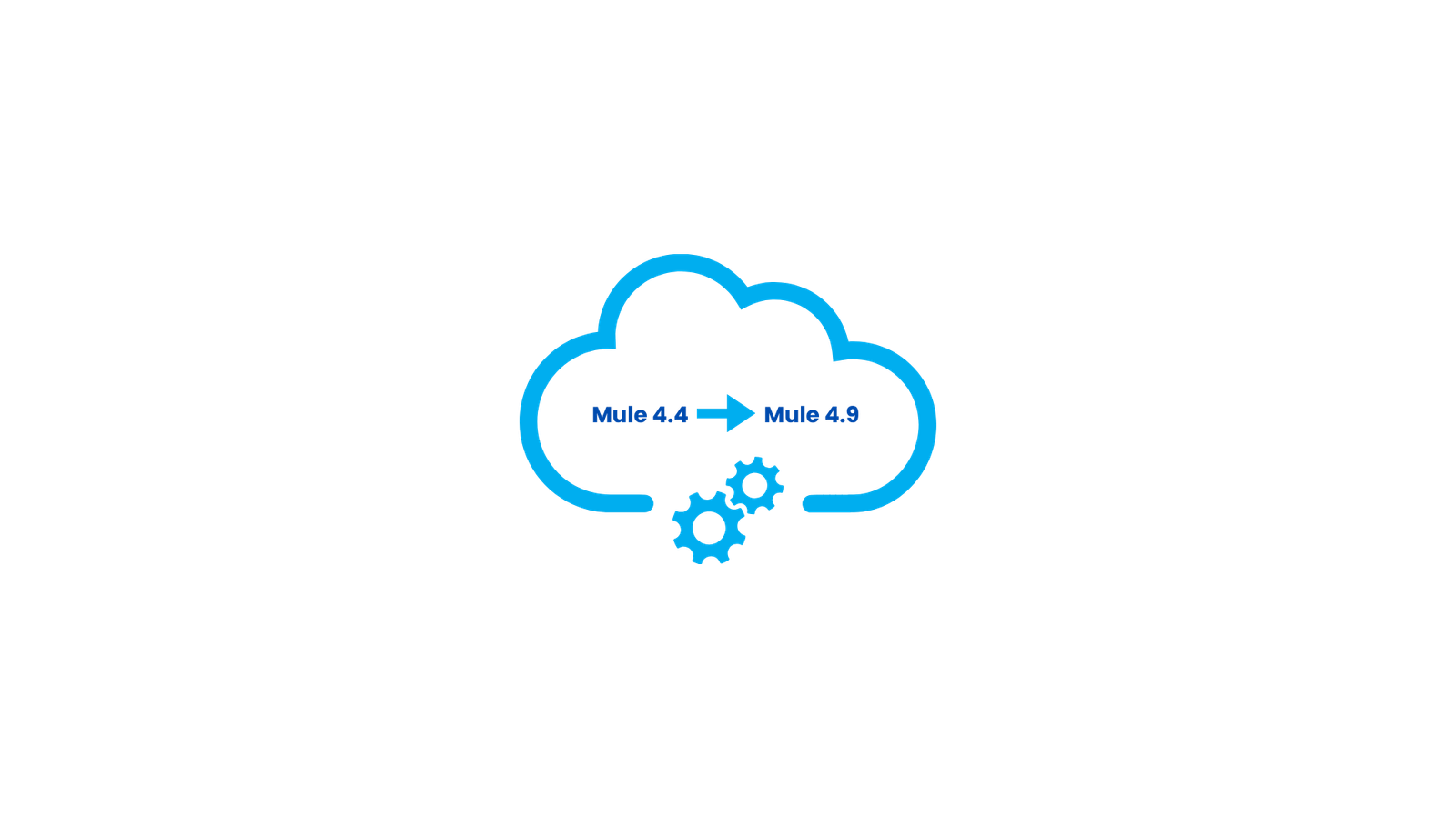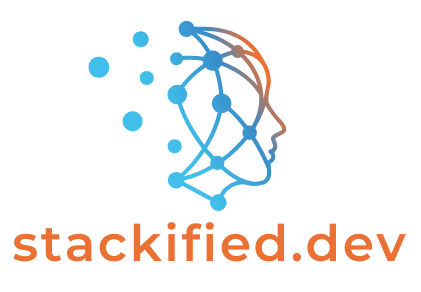
As MuleSoft continues to evolve, staying updated with the latest versions ensures optimal performance, security, and access to new features. Migrating from Mule 4.4 to 4.9 is a significant step that offers numerous enhancements. This guide outlines the key considerations and best practices to ensure a seamless transition.
Why Upgrade to Mule 4.9?
Upgrading to Mule 4.9 brings several advantages:
- Enhanced Performance: Improved runtime efficiency and reduced memory consumption.
- Security Updates: Patches for known vulnerabilities and enhanced security protocols.
- New Connectors and Modules: Access to the latest connectors for various systems.
- Bug Fixes: Resolution of issues present in earlier versions.
Pre-Migration Considerations
Before initiating the migration, consider the following:
1. Review Release Notes
Understand the changes introduced in Mule 4.9 by reviewing the official release notes.
2. Assess Application Compatibility
Evaluate your existing applications for compatibility with Mule 4.9. Pay attention to:
- Deprecated Features: Identify and plan to replace deprecated components.
- Custom Modules: Ensure custom modules are compatible or updated accordingly.
3. Backup Existing Projects
Always create backups of your current projects to prevent data loss in case of unforeseen issues during migration.
Migration Steps
Follow these steps to migrate from Mule 4.4 to 4.9:
1. Set Up a Test Environment
Before applying changes to the production environment, set up a test environment to validate the migration process.
2. Update Anypoint Studio
Ensure you’re using the latest version of Anypoint Studio compatible with Mule 4.9.
3. Modify Project Settings
In your project’s pom.xml file, update the Mule runtime version:
<mule.maven.plugin.version>4.9.0</mule.maven.plugin.version>
4. Resolve Dependencies
Update dependencies to match the new runtime requirements. Use the MuleSoft Exchange to find compatible versions of connectors and modules.
5. Test Applications
Run comprehensive tests to ensure applications function as expected. Pay special attention to:
- Data Transformations
- API Integrations
- Error Handling Mechanisms
Best Practices
To ensure a successful migration:
- Incremental Migration: Migrate one application at a time to isolate and address issues effectively.
- Monitor Performance: Use monitoring tools to assess application performance post-migration.
- Engage Stakeholders: Keep relevant stakeholders informed throughout the migration process.
- Document Changes: Maintain detailed documentation of changes made during migration for future reference.
Post-Migration Activities
After successful migration:
- Conduct Training: Educate your team on new features and changes in Mule 4.9.
- Update Documentation: Reflect changes in system documentation and user manuals.
- Plan for Future Upgrades: Establish a schedule for regular updates to stay current with MuleSoft releases.

